Helltown Postmortem
Hey! My name is Gabriel and I made, along with my partner Nicolas, the indie horror game Helltown. In this postmortem, I’ll mainly write about our development experience and share what we learned from this project as well as some advices. So, let’s start by the very beginning…
THE NEW JOB
January 8, 2016.
Horror is something that really piqued my interest in the last couple of years and I noticed that a lot of indie horror games were just a jumbled mess of store assets without any soul (especially on Steam). But there were some gems in the rough, games like Power Drill Massacre, I Remember This Dream, Darkwood, Amnesia, etc. Those games gave me the motivation to make a good one myself and games like Anatomy, Faith, From Next Door and others kept that motivation going. So I started making some low-poly characters and sent them to Nic (with whom I knew I wanted to make a game someday). He got really interested and agreed to start the development of what would become Helltown.
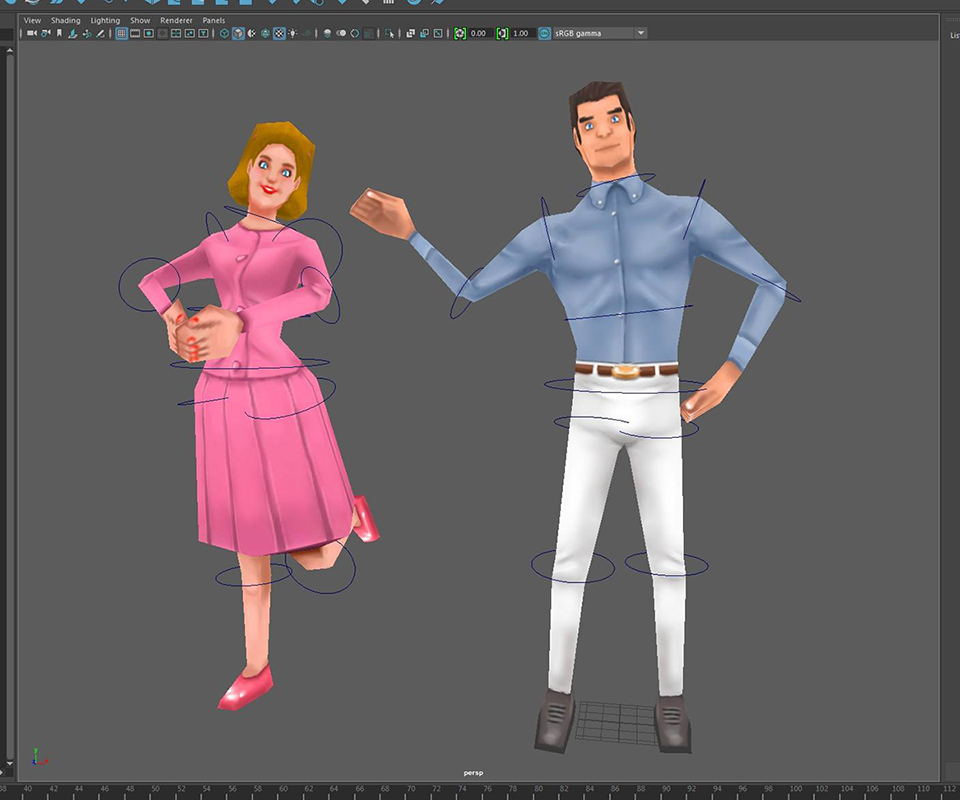
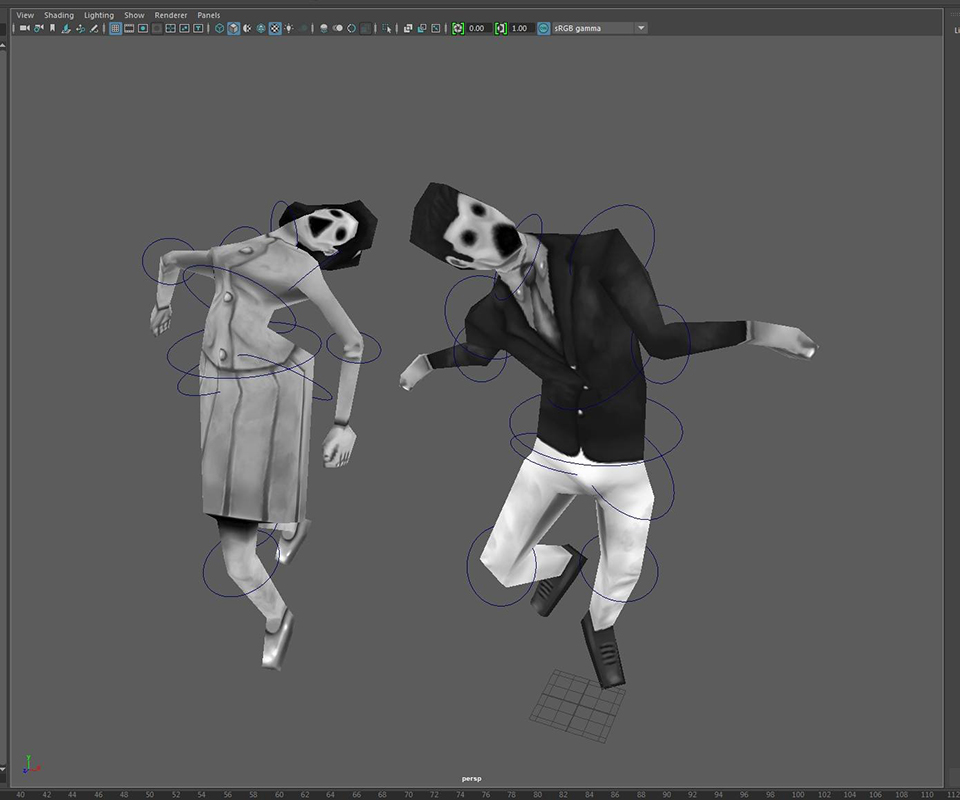
Helltown’s development was kind of a mess. This can be explained by 3 things:
- Back then, we were finishing our collegial studies in 3D animation and image synthesis. So we worked on the game during vacations or whenever we didn’t have too much work.
- It was the first game we worked on, so we were pretty inexperienced in a lot of fields!
- The two previous points led us to develop a “good enough” mentality. That’s not to say that we didn’t care or purposefully botched stuff, but rather that we had a hard time thinking in depth about various aspects of the game.
Usually, you’d start with some level blocking, introduce the base mechanics and some rough art, make assets and then finally polish the whole thing. But for us, it was more like: make most of the game’s assets, make some levels, introduce the mechanics, think of how all of that fits together, add more stuff and polish the whole thing. Thankfully, we communicated well and we were still efficient.
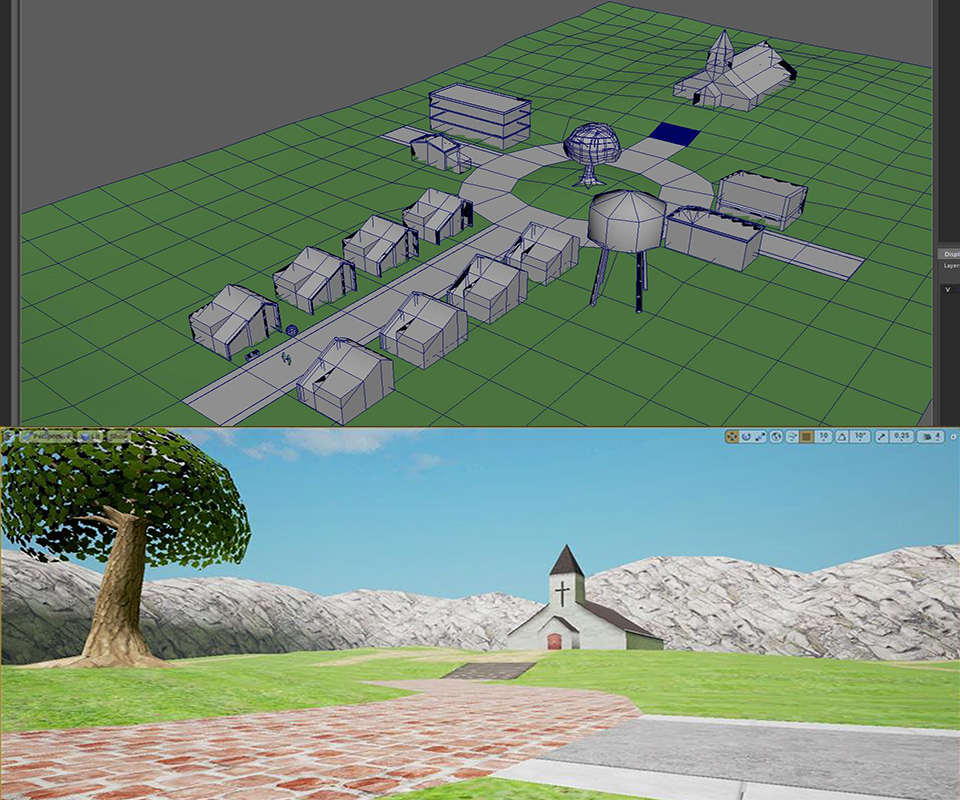
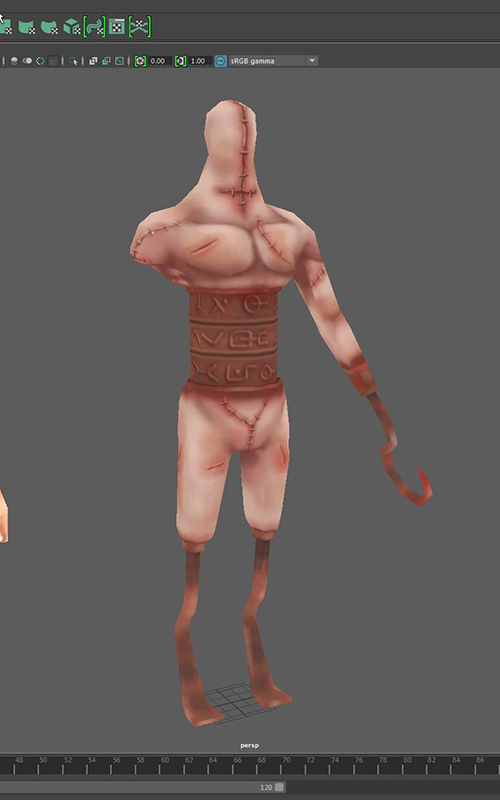
Even before all that, the best practice, I think, is planning as much of the game as possible. You can change stuff along the way, but at least you have something to go off of. In our case, we pretty much improvised our way to the end. We had a basic idea for the structure, some basic schematics and some drawn level designs, but we didn't look at how everything felt as a whole or how well we transitioned the player between levels.

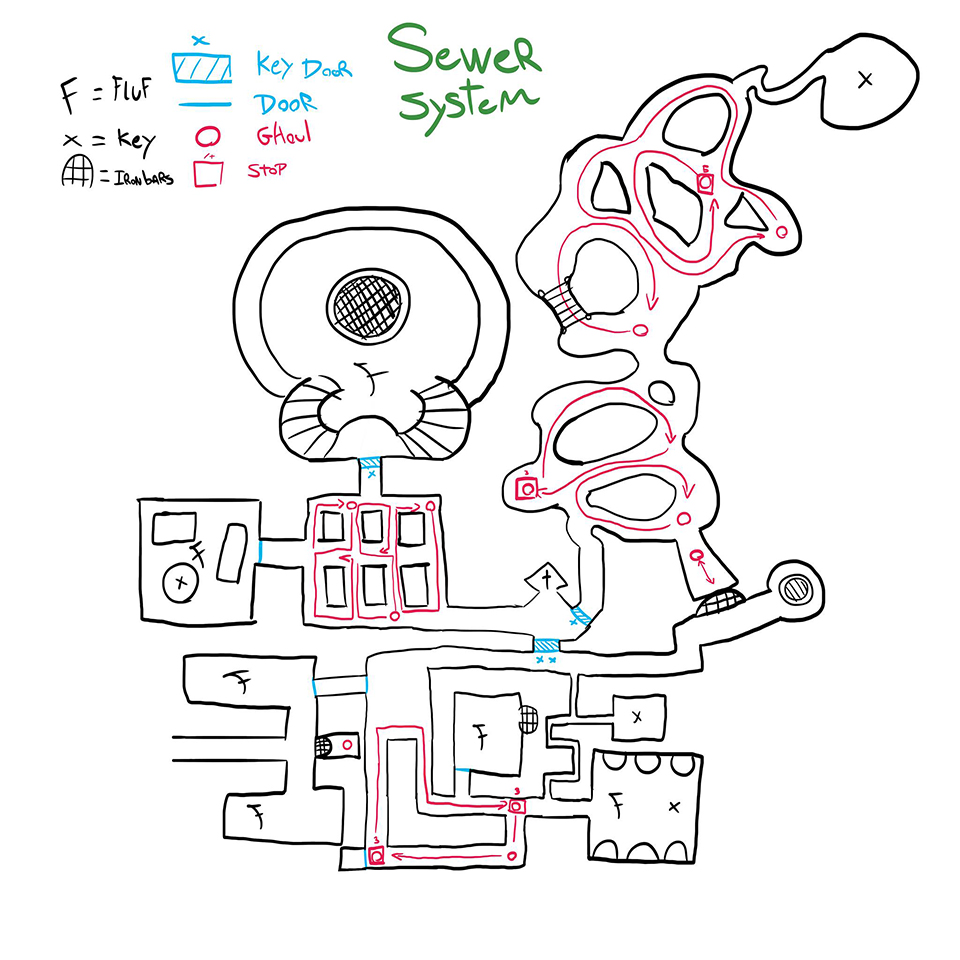
As for workflow, we didn’t use source control (meaning that once I added new assets, I’d pass the project to Nic so he’d work on the programming and vice versa). It was far from optimal, but for the needs of the project, it wasn’t that much of an issue.
THE SPIDER AND THE THEME
Something we regret deeply is not having established a good theme at the start of the development. A theme can be anything (an idea, an emotion, a sentence, a mechanic) that ties to whole experience of a game together. I guess you could say it’s a creative direction. Like I said previously, my main motivation for the game was “make a good horror game” and the idea of an idyllic town hiding horrible secrets. The thing is, it was super unclear in my head and we didn’t come back to it whenever we’d make a decision about the story or the gameplay. That led to the experience being not as unified as it could have been.
I think it’s most apparent with the monster designs. I initially wanted each one to represent something (à la Silent Hill 2), but they just ended up being creepy for the sake of being creepy.

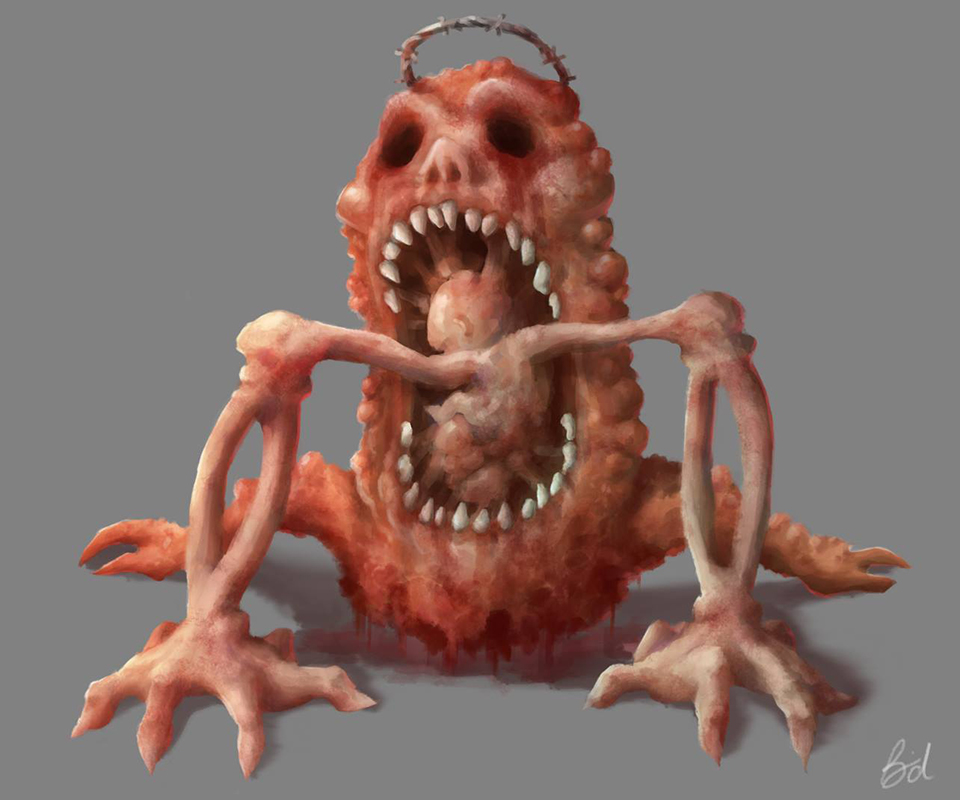
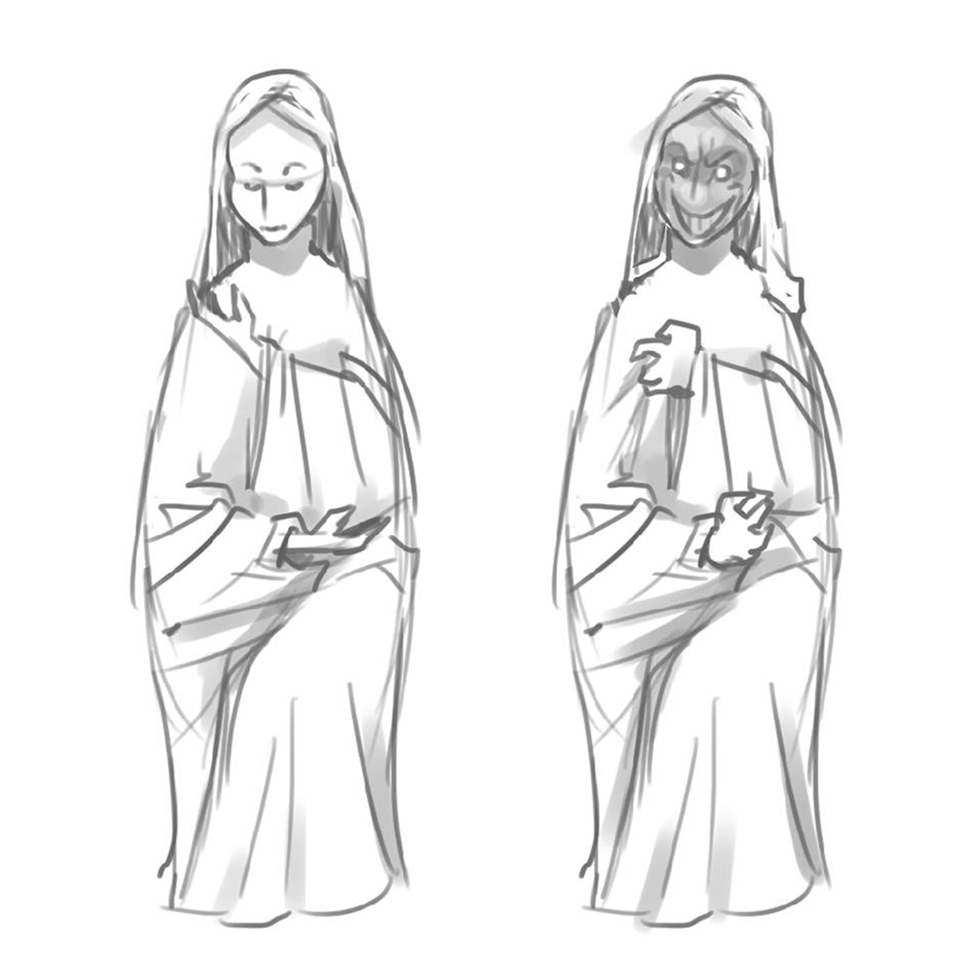
There are hints of us trying to unconsciously follow the theme of “idyllic town with horrible secrets”, though. Playing as a postman was intended to make you snoop around the town and interact with its citizens, but there’s a lot more potential in that idea that we didn’t tapped into.
The game went through very few iterations between its conception to its release. We mostly added stuff towards the end (at the very beginning, there were only 3 days). I’m glad we added stuff, even though I wish we’d have explored more options (personally, Lilith’s Manor in the good ending is my favorite part of the game).


THE CEREMONIAL NIGHT
We launched a Greenlight campaign and… it went okay…? We initially got pretty harsh comments and a 44% approval rate. It really had an impact on my morale, but Nic kept me from getting too discouraged. Despite the low traffic and poor reception, we got approved! So we didn’t ask too many questions and continued the development until...
September 27, 2017
I had sent a couple of emails to journalists and youtubers with the hopes that on the day of our release we’d see some traffic, but we got very little coverage. However, the little coverage we did get was amazing. It felt so rewarding to watch let’s players and streamers enjoy our little game and read the kind reviews we were receiving. Even the negative reviews were nice! We are still super thankful to everyone who played our game and reached out to us.
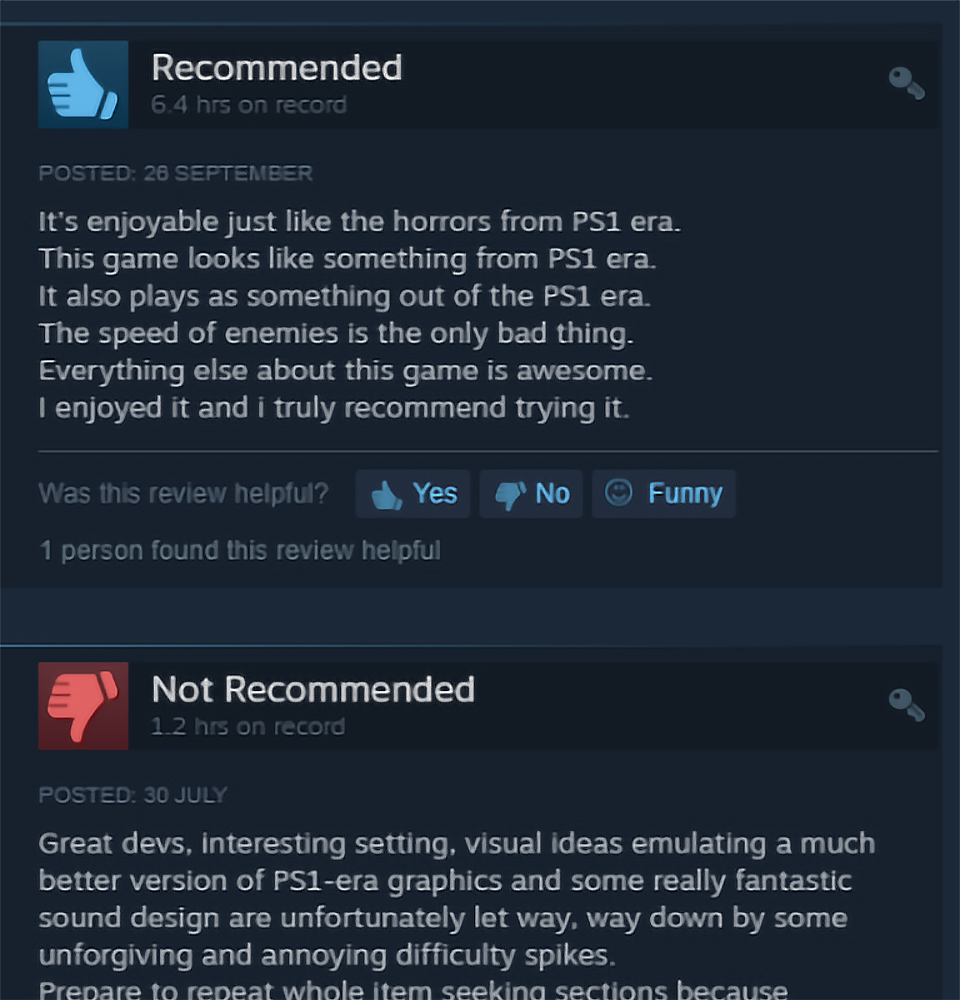
THE AFTERMATH
Afterwards, we organized a little t-shirt contest for Halloween (won by Raincoat Videos) and released a small free DLC. We started seeing more buzz around Helltown when we started joining bundles. We even got to be in two of Puppet Combo’s bundles on Itch.io, so that was pretty cool!
We are both proud of what Helltown ended up being. It’s far from being perfect, but for our first game, I think we could have done a lot worst! The thing I am most proud of though is the fact that players seem to agree that the game has a lot of charm and personality. It truly means a lot, so thank you.
Here are some advices for upcoming indie horror devs:
- Try to find a theme to your experience. Try to neatly tie everything together so that it feels like a coherent experience.
- Don't copy and paste scary stuff from other games, hoping it'll be as effective in yours. Try to understand WHY it was scary in the original content. Most of the time, you get terrified by something because you have context around it. A scarecrow by itself isn't really that scary, but when you know it moved since the last time you saw it and there are crows constantly hovering around it, it's more scary.
- Don't tell everything to the player. Imagination is super powerful, especially in horror. But watch out not to leave too much to the player's imagination, make sure to leave enough hints (in Helltown we were a bit too reserved with the lore). Suggestion is great, ie: you heard that this old couple never had children, but really tried. You also heard that there were kidnappings in this area. Then you find a pile of children shoes in the basement of the old people's house... you don't need 5 pages of journal to guess what happened).
- GDC talks and let’s plays are great resources to learn.
Thanks for sticking around!
Get Helltown
Helltown
The year is 1959, you just got a job as a postman in a brand new town called Little Vale...
| Status | Released |
| Author | WildArts |
| Genre | Adventure |
| Tags | 3D, Atmospheric, First-Person, Horror, Mystery, Retro, Spooky, supernatural |
| Languages | English |

Comments
Log in with itch.io to leave a comment.
We loved this game best horror game ever made !!!